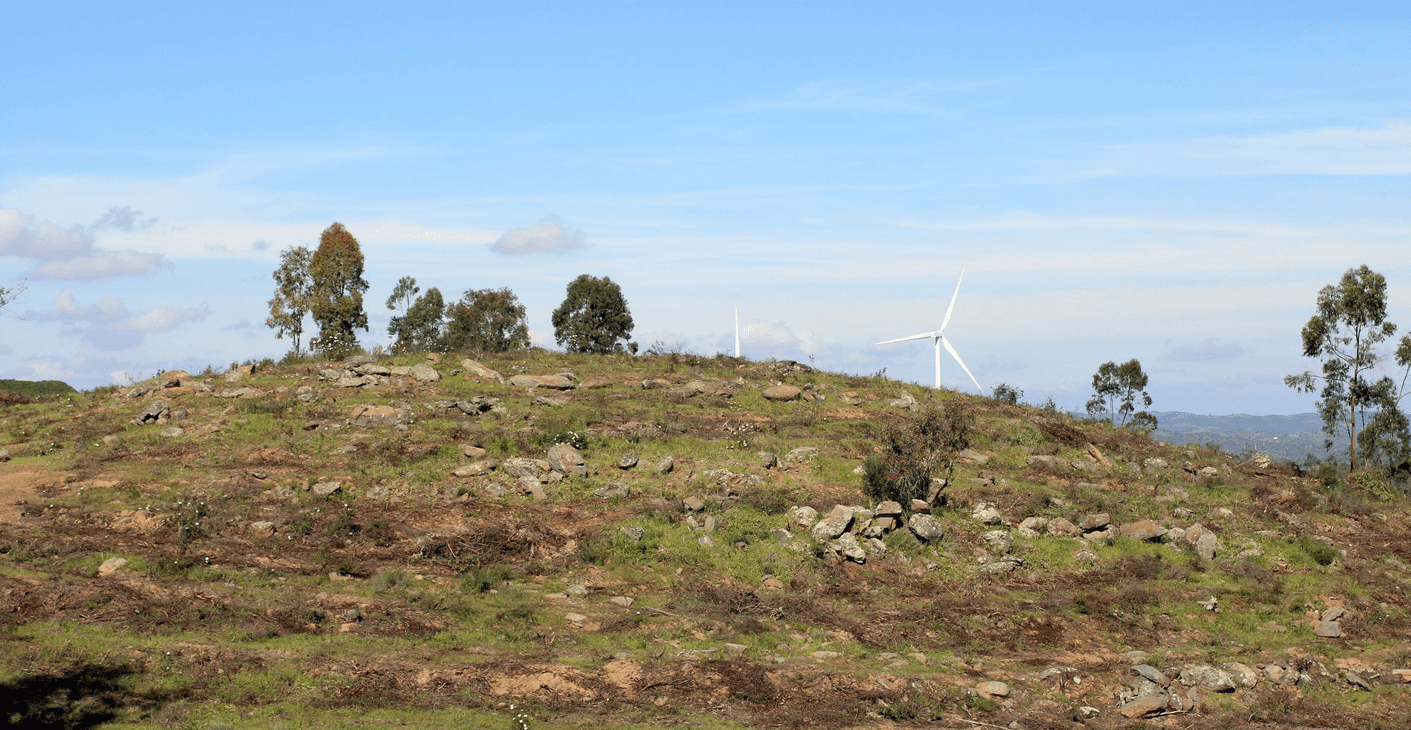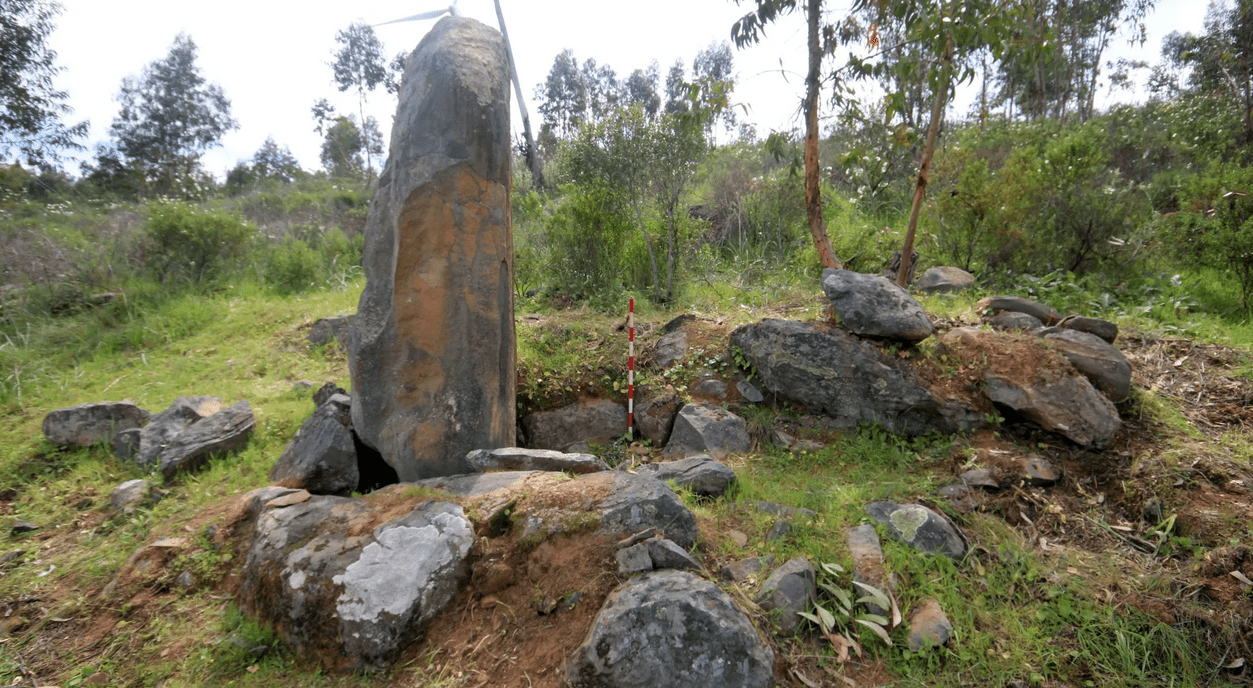A new ‘Stonehenge’ arises, and it’s actually one of Europe’s largest Neolithic standing stones. The stone was discovered by archaeologists in southwest Spain, close to Huelva, at a future avocado farm.
Archaeologists have begun their mission immediately, trying to solve as many puzzles of the new Stonehenge as possible. Read out below to discover the full story.
A Spanish Stonehenge Leaves Archaeologists in Awe
The newly discovered stone in Spain is like nothing we’ve seen before. It spans 600 hectares (1,500 acres) and is considered as old as 7,500. It is also made up of thousands of individual stones.
The giant stones stand alone in some places, while others have been arranged to create enclosures, linear rows, stone circles, and graves. The variety is genuinely fascinating!

This pattern is not common in the Iberian Peninsula and is truly unique, said José Antonio Linares, a geoarchaeologist at Huelva University and the lead author of a new study.
More details
Archaeologists have discovered more than 520 standing stones at the site, with some dating back to the second half of the sixth millennium B.C., or around 7,500 years ago. At the same time, the most recent Neolithic buildings were created between 3,000 and 4,000 years ago, but no human remains have yet been verified at the site.
Moreover, several standing stones formed notable roofed tombs called dolmens. Others built like coffins are called cists and are believed to be burials.

What’s more intriguing is that the practice of erecting megalithic structures expanded over Europe during the Neolithic period with successive waves of invaders, possibly from the Near East. Researchers also came across the fact that they appear to have integrated the local hunter-gather people.
The perfect preservation of the buildings may help scientists retrieve knowledge on the monuments’ purposes, chronologies, occupations, and some symbols. So, expect to find out more in the future!












Leave a Reply